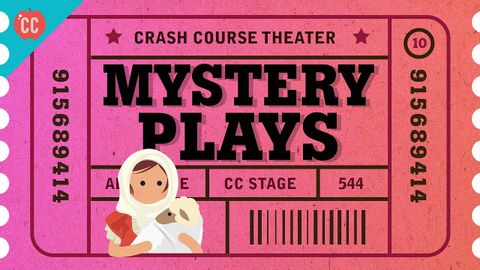
Subtitles & vocabulary
Get Outside and Have a (Mystery) Play: Crash Course Theater #10
00
Pei-Yi Lin posted on 2019/05/06Save
Video vocabulary
audience
US /ˈɔdiəns/
・
UK /ˈɔ:diəns/
- Noun (Countable/Uncountable)
- Group of people attending a play, movie etc.
A2TOEIC
More expect
US /ɪkˈspɛkt/
・
UK /ɪk'spekt/
- Verb (Transitive/Intransitive)
- To believe something is probably going to happen
- To anticipate or believe that something will happen or someone will arrive.
A1TOEIC
More spread
US /sprɛd/
・
UK /spred/
- Noun (Countable/Uncountable)
- A big meal, often laid out as a buffet
- The distance between two things
- Verb (Transitive/Intransitive)
- To place over a large area; to cover a large area
- (Of ideas, gossip) to pass to and affect others
A2TOEIC
More dramatic
US /drəˈmætɪk/
・
UK /drəˈmætɪk/
- Adjective
- Gripping the attention; causing an effect
- (Of an event) sudden and extreme
B1
More Use Energy
Unlock All Vocabulary
Unlock pronunciation, explanations, and filters
